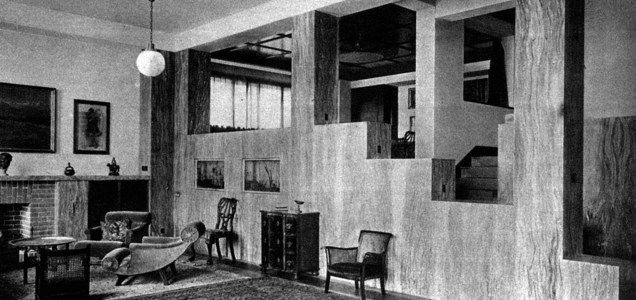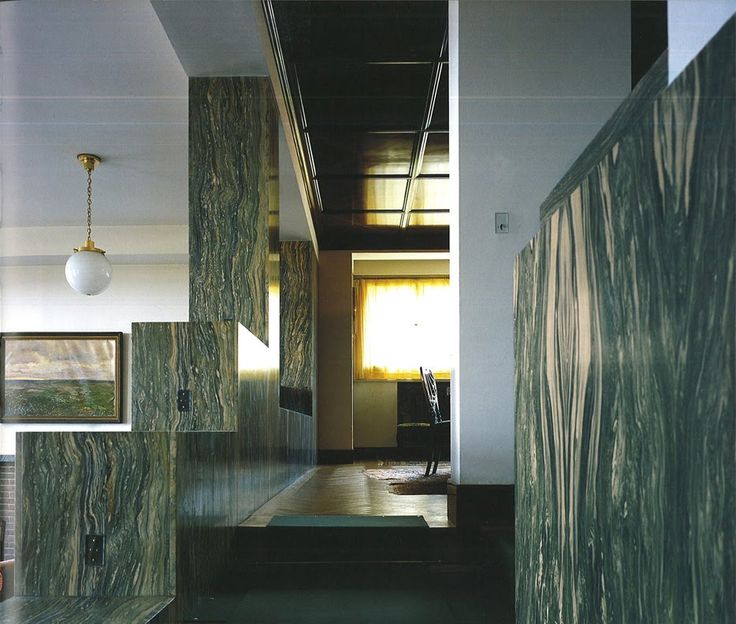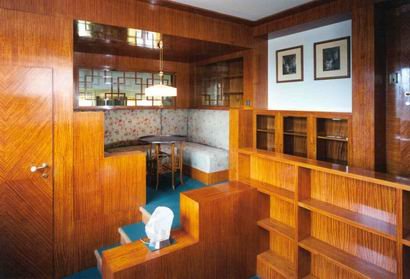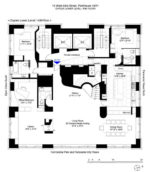October is National Architecture Month, also known in some circles as Archtober. To commemorate the month, I am going to post a brief post every day of the month.
Layering is a technique architects use to enrich the experience of a building. It takes advantage of the fact that we move through buildings, passing through walls, from one place to another. It takes advantage of our vision, as we can look through a building and see how the rooms change.
You can “see” layering in the plan drawings of a building. You can also “see” layering in photographs of buildings. But we experience layering when we visit, use, and live in buildings.
Illustrated are images of the Muller House by Adolf Loos, an Austrian architect from the turn of the last century.

The image above is from Loos’s Muller House, designed in Czechoslovakia in 1930. It is easy to spot the basic layers: the room where the camera is, and the stair and room beyond.

A closer look, going up the stair that joins the lower room, seen to the left, and the upper room, seen straight ahead, also reveals that the thickness of the wall between the two rooms creates an intervening space or layer that while we can’t fully occupy it, creates greater depth and separation. We can also see that the landing at the top of the stair is partially divided from the room beyond by a wall, creating three layers: the stair, the landing, and the room beyond.

Also in the Muller house, is the wife’s retreat, a small room with a raised nook. Here there is the room where the camera is, the steps up to the nook, the nook itself, and, visible through the screen above the bench, is the main living room.
There are all kinds of other variations on layering that Loos created with thickening walls, built in cabinets and material variations, that enrich the experiences of the various rooms in the house.





